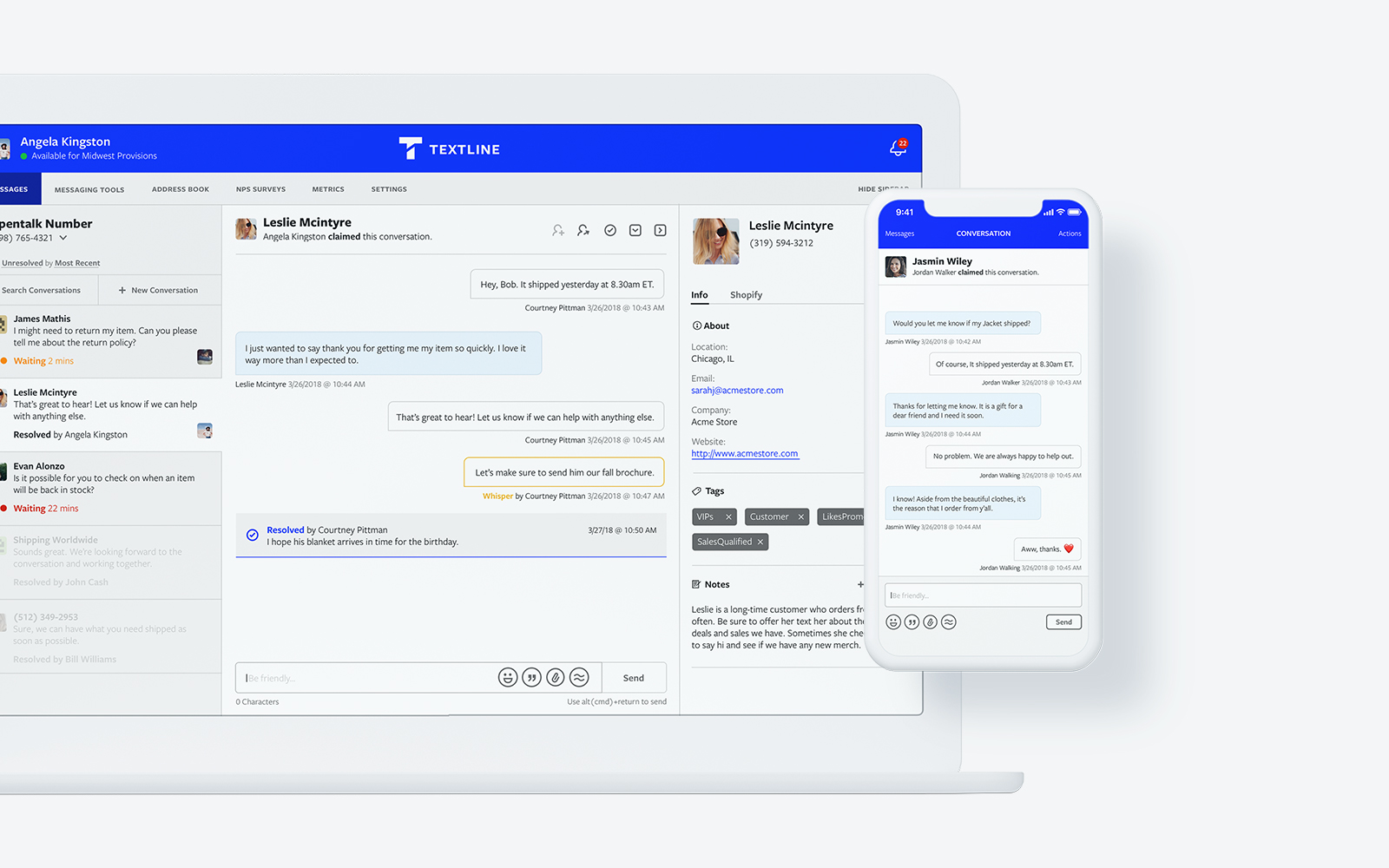
The badįirst of all the data displayed in Explore’s dashboard is limited to the last year. Explore provides admins and managers with a lot of information at a glance in an organized fashion.įiltering and grouping CSAT by attributes allows you to analyze performance of different languages, channels and other parameters to pinpoint where you need to improve.Ĭharts are easy to read and enable you to compare and predict your performance. The entire dashboard is much more robust and informative, than the basic dashboard provided by Support’s insights. In Explore you can view your overall CSAT score for the account, number of good and bad tickets, bad to good ratio as well as response rate of your CSAT survey.Īpart from this, you can also see CSAT displayed in time, as well as grouped by attributes, such as channels and languages. This view is more suited for managers, and since it needs to be shared by an Explore administrator first, most agents probably won’t have access to it. This dashboard provides you with a better overview of satisfaction across your entire Zendesk account. Using it, you can find a Satisfaction tab within the Zendesk Support dashboard inside of the product tray in Zendesk Explore. Viewing CSAT using Zendesk ExploreĪnother option to use Zendesk’s analytics & reporting tool – Zendesk Explore. While Support’s dashboard shows you WHAT kind of feedback you’ve got, there is no easy way to drill down and see WHERE it came from. Proliferated marketing saying goes like this “Content is King, but context is Queen”, and this holds true when discussing in feedback as well. They are also limited to seeing only the data for the past week (or 60 days in terms of overall account satisfaction).Īnother thing missing is context. If I were to use two words, the other one would be “very”.Īgents can only see their statistics and there is no way for them to see statistics of others.


If I were to say it with one word, it would be “limited”. The view is also very simple and doesn’t flood the agents with unnecessary information, which can also be considered a plus.

As soon as you enable Zendesk’s CSAT in your account and start collecting ratings, agents will be able to see this report in their dashboard. Here they can see the number of good and bad tickets for the last week as well as their overall CSAT over the last 60 days (including the current day).Īs it usually is with native solutions, the good thing is there is next to no setup required. If you’re not using either at the moment and are unsure which way to go, check out our “ Pros and Cons of Using the Built-in Zendesk CSAT Solution” post.Įvery agent can see their CSAT data in their Zendesk Support dashboard. For this part of this post we’re going to assume you’re using Zendesk’s built-in CSAT solution, but we’ll talk about using a dedicated 3rd party CSAT tool later on. Viewing CSAT using Zendesk Supportįirst let’s take a look at what can you achieve using only Zendesk Support. So let’s take a look at how visible you can make your customer satisfaction data within Zendesk, using several different methods. Whatever metric you decide to focus on, it should be (as the North Star itself is) visible.

To combat this, the methodology of the so-called “North star metric” started to gain prominence amongst Silicon Valley companies. In fact it can be very easy to get overwhelmed by the sheer amount of KPIs you’re measuring.Īs I once heard by someone smart (I wish I could remember who it was), KPI stands for Key Performance Indicator, and if you’re measuring more than 5 of these, then they are probably not that K. You have your average response times, your first contact resolutions, SLAs, resolution times….just name it. They call it a north star metric for a reason, and if CSAT is indeed your north star, it should never stray too far from sight.Īpart from customer satisfaction, there are plenty of other KPIs and metrics your support team is probably measuring today.


 0 kommentar(er)
0 kommentar(er)
